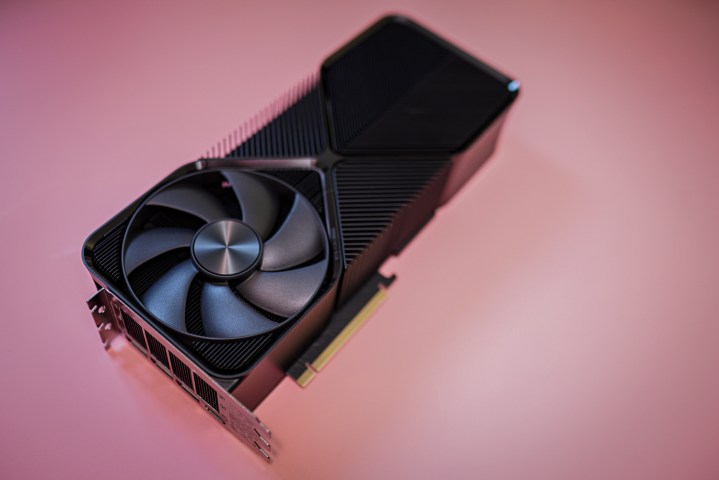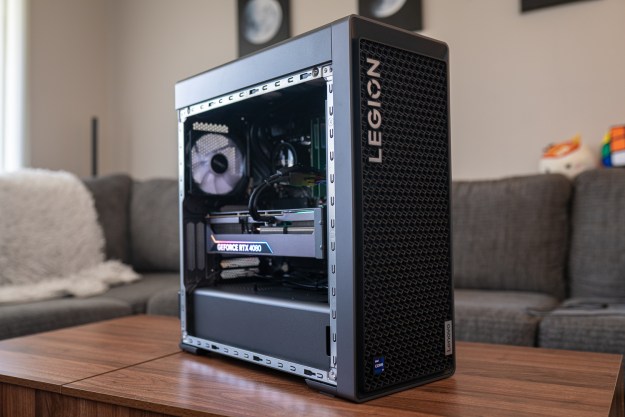
It shouldn’t come as a surprise, but the prices of some of the best graphics cards are rapidly dropping. We just got off a month of hardware launches, spearheaded by Nvidia’s RTX 40-series Super refresh, and those launches have caused some major shifts in the prices of older GPUs.
The most prominent example of that is the RTX 4070 Ti. Nvidia released its RTX 4070 Ti Super about two weeks ago. The Super version is set to replace the base model, but plenty of units remain in stock. Now, you can find the $800 graphics card for as little as $720.
That’s the price of the at the time of writing, at least. Prices could go down further, as I spotted half a dozen RTX 4070 Ti models in stock. The Super refresh, which is available for $800, comes with an impressive bump to 16GB of memory, but we noted a performance improvement of around 10% on average in our RTX 4070 Ti Super review.
The RTX 4080 hasn’t seen the same trend, mainly because there are fewer RTX 4080s in stock. In fact, I only spotted models available above list price. Thankfully, the RTX 4080 Super has had an impact elsewhere. The $1,000 GPU went head-to-head with AMD’s RX 7900 XTX, with Nvidia coming out on top due to ray tracing and DLSS 3.5 support.

Now, we’re seeing the price of the RX 7900 XTX drop. I found the available for $930. The card has gone for less on deep sales, but the markdown is still out of the ordinary, considering we’re not in a major shopping season.
As we wrote about in our RTX 4080 Super review, AMD has to drop the price of the RX 7900 XTX to stay competitive. That seems to be happening. The MSI model was the best deal I could find right now, but several models are going for $950, most of which were selling for $1,000 or more just a week ago.
Lower down the stack, prices are dropping on some RTX 4060 Ti models. The 8GB graphics card has been sworn to infamy due to its limited memory capacity and $400 price. AMD’s recent RX 7600 XT, although not as powerful as the RTX 4060 Ti, comes with 16GB of memory. It seems the RX 7600 XT is having some effect on the price of the RTX 4060 Ti 8GB.
Best Buy is clearing out the for $344, which is a model that previously sold for $430. I haven’t seen multiple RTX 4060 Ti models marked down, so I don’t suspect a larger trend. This deal is a good example of how a new GPU release can put downward pressure on pricing in the interim.
Almost every time we see new hardware releases, it’s a good idea to go back and look at the pricing of what was available before. As retailers sell off old inventory and competitive performance numbers shift, the pricing follows suit. That’s what we’re seeing in action now, making it a great time to pick up a new (old) graphics card.
Editors' Recommendations
- Nvidia DLSS is amazing, but only if you use it the right way
- Meet Blackwell, Nvidia’s next-generation GPU architecture
- My most anticipated game of 2024 is getting the full Nvidia treatment
- Nvidia RTX 50-series graphics cards: news, release date, price, and more
- AMD needs to fix this one problem with its next-gen GPUs





